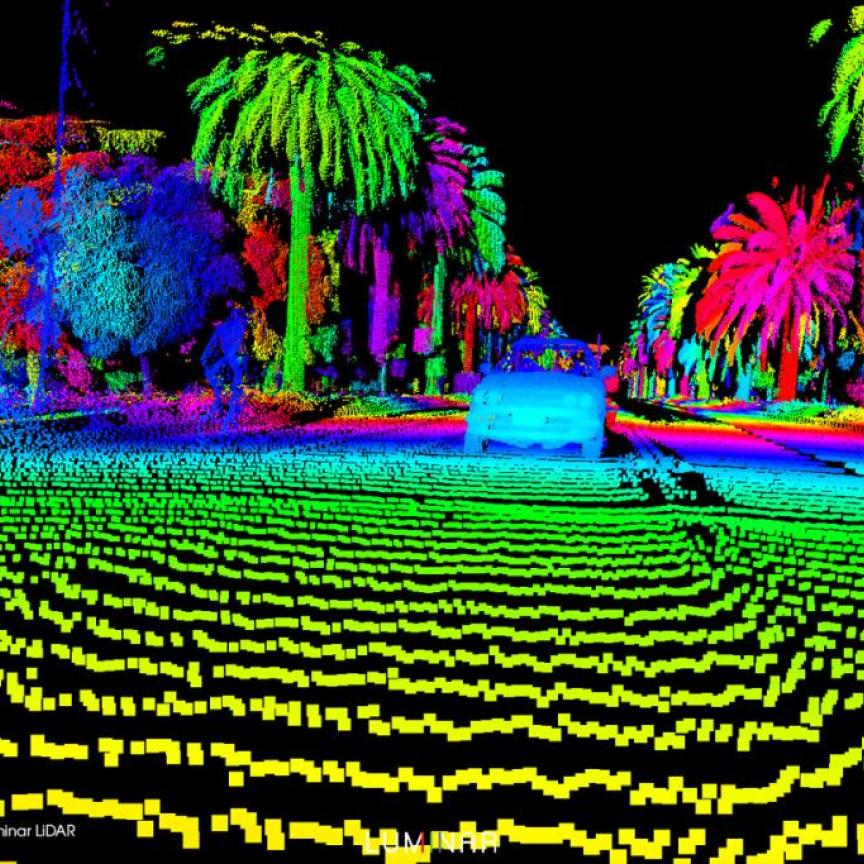At the world's largest pre-college science competition, the Intel International Science and Engineering Fair 2015 (ISEF), students with photonics-related projects received special prizes from SPIE, the international society for optics and photonics.
Intel ISEF provides an annual forum for more than 1,600 high school students from 70 countries, in order for them to showcase their independent research. The fair took place last month in Pittsburgh, USA.
The projects awarded by SPIE included photonics vision therapy for brain-injury patients, spectroscopy for disease diagnosis, 3D object tracking in liquids, and 3D mapping and analysis of complex structures.
The judges − Haiyin Sun, senior optical engineer at ChemImage, and Bob Hainsey, SPIE Science and Technology strategist − commented that several projects presented in the field of optics are well beyond the high school level and could lead to valuable engineering progress or scientific discovery.
In first place was John Dean, from New York, for developing a rapid scanning double droplet microscope system for three-dimensional object tracking. The piezo-vibrating liquid lens system, constructed by Dean, can be used to change the focal length in real-time by vibrating the lens.
The device enables the scanning and imaging of transparent systems, which is useful in a number of different industries. ‘Think of life science applications in aqueous solutions where you want to track cell motion, material science applications where you want to study the behaviour of dispersions, or chemistry/pharma type of experiments studying solute in solution,’ said Hainsey. ‘John demonstrated a full-system approach with both hardware and software — and a deep understanding of optics.’
Second place was awarded to Natasha Goenawan and Ziyan Mo, from Michigan, who used two-photon spectroscopy to study the activation of proteins tied to amyotrophic lateral sclerosis (ALS), a progressive neurodegenerative disease that affects nerve cells in the brain and the spinal cord.
The students found a correlation in the protein activation after binding with a fluorescent marker when they looked not at the two-photon signal, but the two-photon signal normalised to the single-photon signal. ‘They did a beautiful job of data collection and analysis and were able to correlate and verify and validate their results with independent methods,’ Hainsey remarked.
In third place was Savannah Floyd, from Louisiana, for researching different light therapy techniques to improve visual performance in traumatic brain injury patients; in particular laser light therapy to restore peripheral vision in TBI patients.
Finally, Daniel Zvara, from Slovakia, came in fourth place for his computer vision project to create 3D maps of complex structures. Zvara used a stereoscopic setup to capture images, and then developed software to analyse the images and map pseudotexturing onto them in order to provide depth information.
‘The Intel ISEF is a great event for thousands of high school students from all over the world,’ commented Sun. ‘They get a chance to know each other, to talk to world-class scientists and engineers, and to be inspired in pursuing a career in science and engineering.'
Related stories
Surgical photonic device wins SPIE Startup Challenge
Further information


